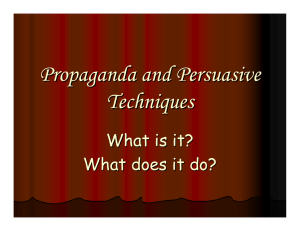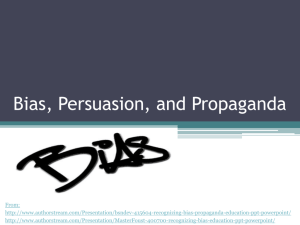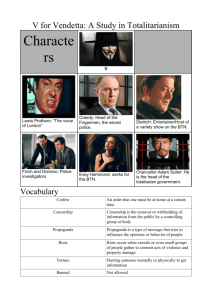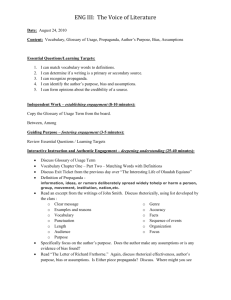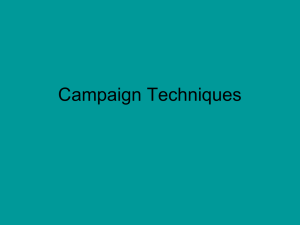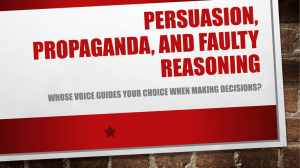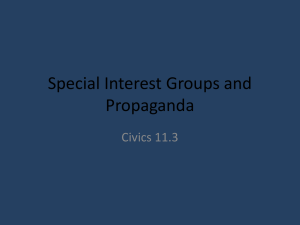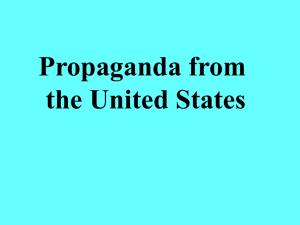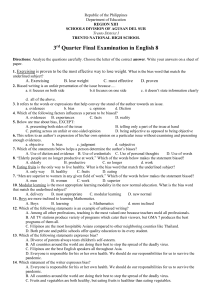Bias and Persuasion
advertisement
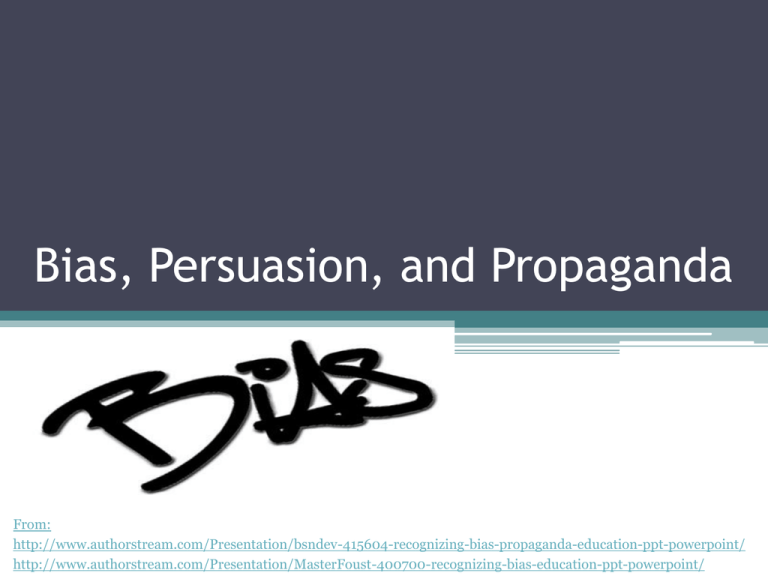
Bias, Persuasion, and Propaganda From: http://www.authorstream.com/Presentation/bsndev-415604-recognizing-bias-propaganda-education-ppt-powerpoint/ http://www.authorstream.com/Presentation/MasterFoust-400700-recognizing-bias-education-ppt-powerpoint/ What is Bias? • Bias: (noun) a particular tendency or inclination, especially one that prevents unprejudiced consideration of a question; prejudice How do you recognize bias? • Look for ▫ Opinions ▫ Loaded Words ▫ Faulty Reasoning Opinions • Everyone has an opinion. • Look for evidence that supports a point of view or an agenda. ▫ Agenda: hidden motive, secret plan, secret intention, hidden ploy, ulterior motive. ▫ What is the author’s opinion? It is likely that he or she is trying to make YOU agree with him or her by persuading you. Loaded Words • Denotation ▫ The dictionary definition of the word. • Connotation ▫ The emotions and images associated with a word • Skilled authors and speakers will always choose their words for the greatest emotional impact and clearest possible meaning. Word Choice (Diction) Matters Thin Emaciated Two words can have the same denotative meaning, but call up very different images Word Choice Indicates Bias Freedom Fighter Terrorist Word Choice Indicates Bias Terrorist? Freedom Fighter? Faulty Reasoning • Indicate that something just isn’t right Begging the Question • This is a fallacy in which the author states that something is true as a proof of itself. • X is true because X is true ▫ George W. Bush was the worst president because there was no president who was worse than him. Propaganda and Persuasive Techniques • People use propaganda to make what they say or write more convincing. • Propaganda appeals to emotion. • Propaganda is not always logical. Propaganda and Persuasive Techniques • Bandwagon: Everyone else is doing it, so I should too. • Testimonial: A famous person is used to try and influence you to do or buy something. Questions to Ask Yourself… • Purpose ▫ Why is the author writing? What do they want me to believe? Who is the author’s intended audience? • Tone and Style ▫ How do they convey their message differently than some other author might? • Bias ▫ What preferences or prejudices does this author have? • Propaganda and Persuasive Techniques ▫ Is the author trying to persuade you by using some of the techniques we’ve reviewed?
